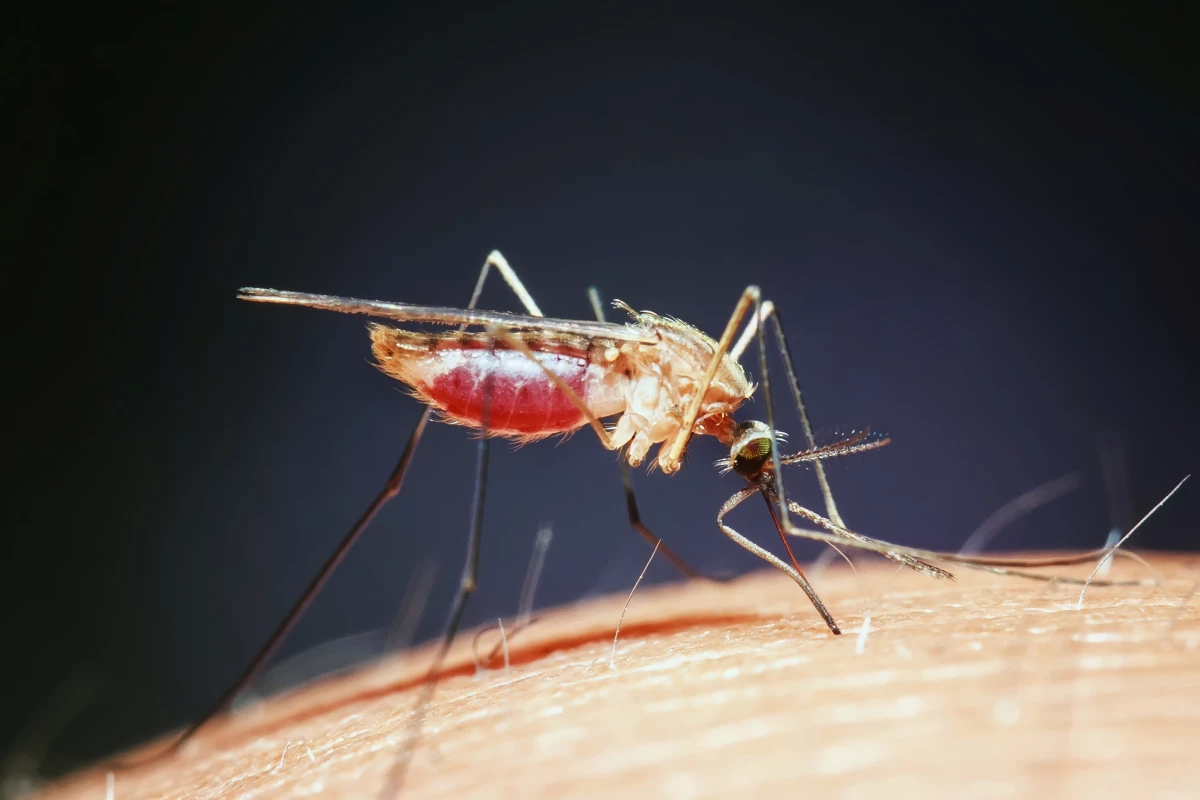We've seen quite a few proposed alternatives to the toxic DEET commonly used in mosquito repellant, and, well … not all of them work that great. Now, though, scientists are getting good results using everybody's favorite wonder material: graphene.
For those who don't know, graphene is made up of one-atom-thick sheets of carbon atoms, linked together in a honeycomb pattern. It's the world's thinnest, strongest manmade material, plus it's also very electrically and thermally conductive, and highly impermeable. Among many other things, it may help to improve transistors, computer chips, DNA sequencing, and batteries.
Recently, scientists at Rhode Island's Brown University Superfund Research Center applied a transparent film of graphene flakes to the skin of test subjects, who were then exposed to biting mosquitos.
It was observed that when the film was dry, very few of the insects landed on it or bit the volunteers, suggesting that the graphene interfered with the mozzies' ability to sense both skin and sweat. Some mosquitos did land on the film when it was wet, although when any of them tried to subsequently bite through it, they couldn't penetrate its surface.
Utilizing current graphene-production techniques, a single-use spray-on film probably wouldn't be very cost-effective. That may change as new manufacturing methods are developed, however, plus it's possible that graphene could also find use in mosquito-repellant clothing.
"This innovation using graphene to repel mosquitos could help reduce the burden of ill health associated with a number of infectious diseases and might reduce the need for pesticides to eradicate the mosquitos that carry them," says Dr. William Suk, director of the National Institute of Environmental Health Sciences' Superfund Research Program. "New material such as this one should be assessed in the field to determine full public health implications."
A paper on the research was recently published in the journal Proceedings of the National Academy of Sciences.




